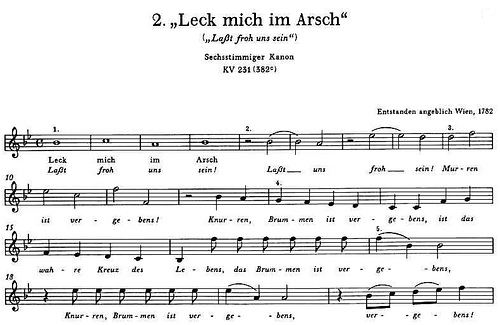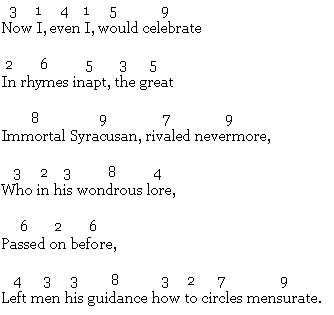In Literary Frivolities, Fancies, Follies and Frolics (1880), William Dobson tells of a curious spectacle presented to Stanislaus, the future king of Poland, on his return to Lissa:
There appeared on the stage thirteen dancers, dressed as youthful warriors; each held in his hand a shield, on which was engraved in characters of gold one of the thirteen letters which compose the two words DOMUS LESCINIA. They then commenced their dance, and so arranged it that at each turn their row of bucklers formed different anagrams. At the first pause they presented them in the natural order:
DOMUS LESCINIA [O (heir to the) House of Lescinius,]
At the second: ADES INCOLUMIS [Thou art present with us still unimpaired–]
At the third: OMNIS ES LUCIDA [Thou art all that is wonderful.]
At the fourth: MANE SIDUS LOCI [Stay with us, O sun of our land!]
At the fifth: SIS COLUMNA DEI [Thou art one of God’s supporters—]
At the last: I, SCANDE SOLIUM. [Come, ascend thy regal throne.]
“This last was the more beautiful,” writes Robert Moritz, “since it proved a true prophecy.”




